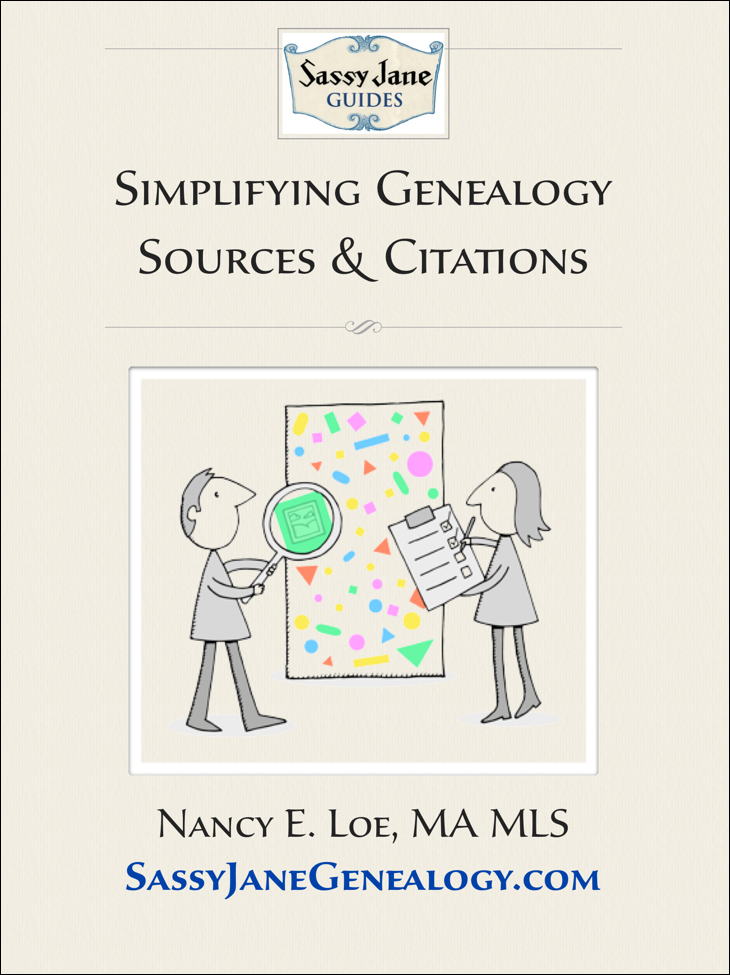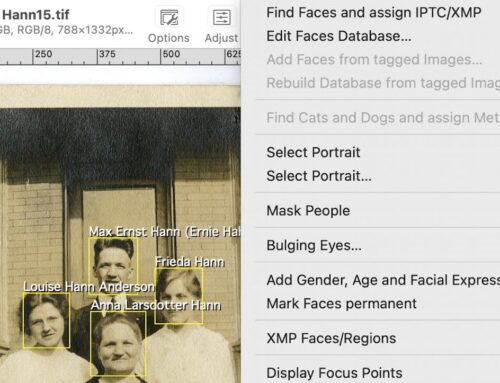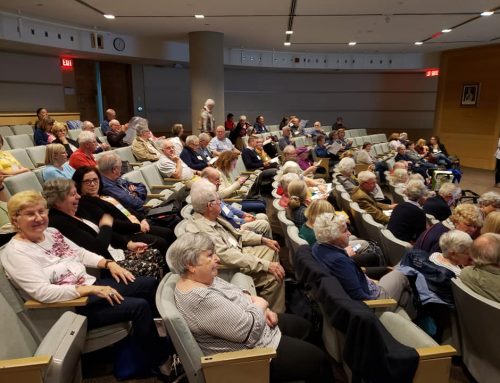Users Don’t Know What Libraries Are Talking About, Studies Find is an article published last year in Library Journal reports that the average library user success rate for finding journal articles or article databases is only 52 percent.
Commonly misunderstood terms include acronyms and brand names, subject categories, and the words “database,” “library catalog,” “e-journals,” “index,” “interlibrary loan”, “periodical,” “serial,” “reference,” and “resource.”
The library profession is absolutely filled with jargon and acronyms. Librarians and archivists may understand what the terms Web 2.0 or ACRL or XML mean, but do you have to in order to find your ancestors? Imagine if your medical professional responded to your questions only with medical terminology she or he would use when consulting with other colleagues. You’d probably leave (or maybe even have left ) an appointment with more questions than when you entered.
A librarian or other information professional needs to communicate with library users in plain, non-library language and use terms on Web sites that help you find what you need.
Librarians are working on this issue:
On February 29, Library Terms That Users Understand by John Kupersmith, a reference librarian at UC Berkeley, was added to the University of California’s eScholarship repository. The document reviews 51 usability studies, most of them conducted by university libraries, to determine “test methods and best practices for reducing cognitive barriers caused by terminology.”
Key findings include that the average user success rate for finding journal articles or article databases is only 52 percent. Commonly misunderstood terms include acronyms and brand names, subject categories, and the words “database,” “library catalog,” “e-journals,” “index,” “interlibrary loan”, “periodical,” “serial,” “reference,” and “resource.”
Common correctly understood terms include “find books”, “find articles” and other combinations using natural language target words that correspond to the end product the user is seeking.
Kupersmith recommends that libraries avoid frequently misunderstood terms; use natural language equivalents on top-level pages, and adding explanations of potentially confusing terms in mouseover, tooltip, glossary or graphic form. He also recommends that if a top level menu choice is ambiguous, libraries use an intermediate page; and provide an alternative path for predictable wrong choices, as well as being consistent across publications.
Kupersmith further recommends that libraries test what terms users understand, and take advantage of data from libraries with similar user populations; the document offers an array of testing methodologies.
I’m interested in barriers you may have encountered in using information resources (maybe the term “information resources”?) in your family research. Feel free to comment at the link above or contact me here.
Because of the questions I get during my presentations, it’s clear that this confusion exists not only for finding resources, but also for citing them. I’m going to be working on that latter issue in the blog and in my next Sassy Jane Genealogy Guide. It’s out now and entitled Simplifying Genealogy Sources & Citations.






My thought is that dumbing down our information so that everyone can understand is the opposite direction we need to go. Educate up!